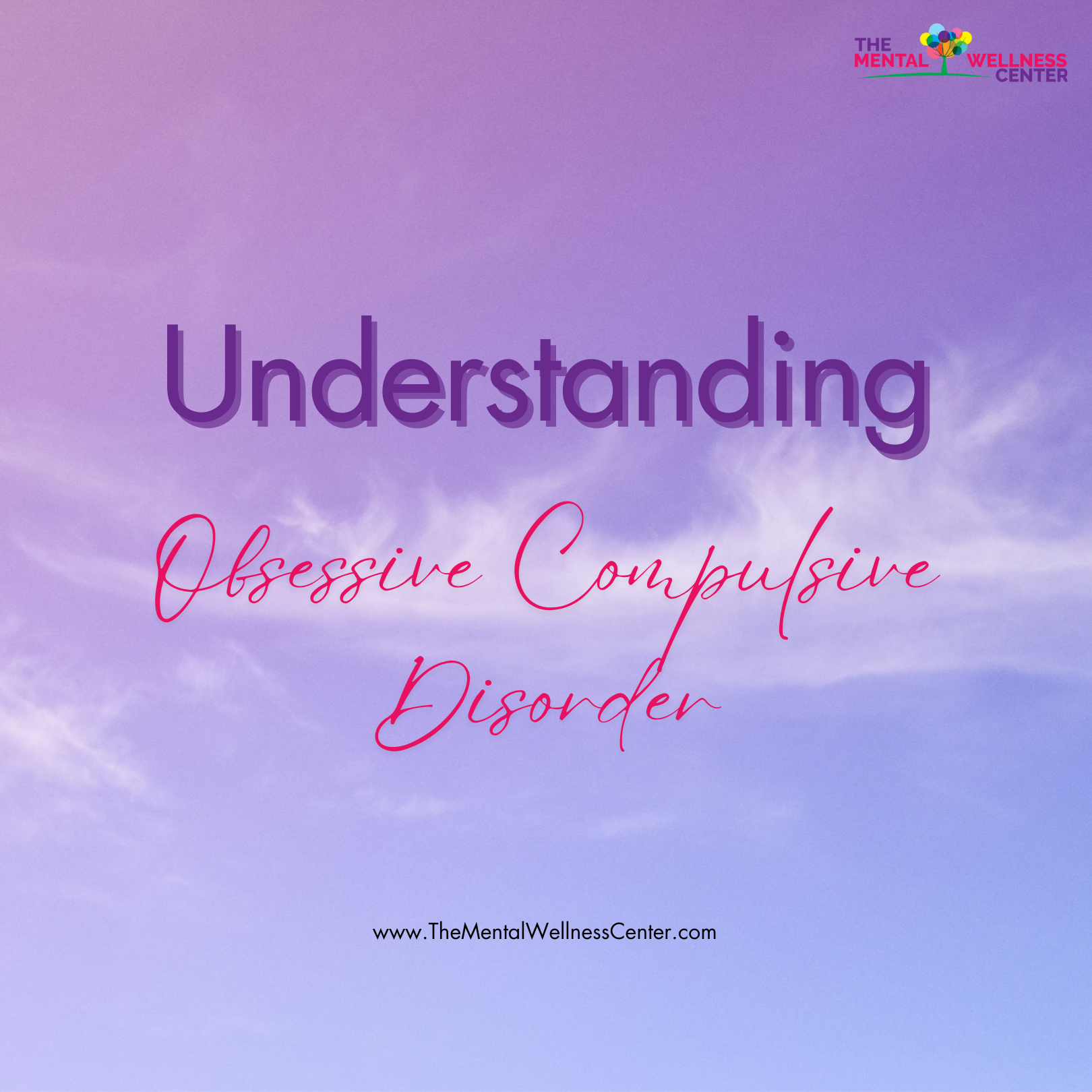Understanding Obsessive Compulsive Disorder
One of the first symptoms of OCD I remember experiencing was magical thinking, which is the belief that thoughts or actions can cause or prevent harm. Logically, even as a child, I knew that bad things were unlikely to magically happen just because I thought so, but there was always that sneaky “what if” thought that would follow that many people with OCD experience. At the time, I had no idea how to verbalize my experiences. How does a child put words to an experience they don’t understand?
There are many misconceptions about OCD (well, mental health in general) which can make it so difficult to seek help and talk about your experiences. As I gained more insight into my own experiences with OCD through my own introspection and by working with clients, I felt driven to write about OCD from a clinician’s perspective.
What is OCD?
According to the Diagnostic and Statistical Manual of Mental Disorders (DSM-5), obsessions are defined by “recurrent and persistent thoughts, urges or images that are experienced, at some time during the disturbance, as intrusive, unwanted, and that in most individuals cause marked anxiety or distress.” Compulsions are defined as “repetitive behaviors (e.g., hand washing, ordering checking) or mental acts (e.g., praying, counting, repeating words silently) that the person feels driven to perform in response to an obsession, or according to the rules that must be applied rigidly.” Compulsions are aimed at reducing the stress or anxiety that is caused by obsessive thoughts.
Clinicians use the DSM-5 to diagnose and identify effective interventions to treat mental disorders. Talking about diagnoses during sessions is also so important because it can be a clarifying, validating and normalizing process. In order to provide a diagnosis, the therapist will utilize the diagnostic criteria from this manual, in conjunction with assessments, information gathered through interviews and historical data, as applicable.
Along with experiencing obsessions and compulsions, the most common disorders that are comorbid with OCD include depression, generalized anxiety, and neurodevelopmental disorders, such as ADHD. There are also obsessive-compulsive-related disorders, such as body dysmorphic disorder and trichotillomania (hair-pulling disorder). If you have OCD, you will also experience anxiety symptoms, which frequently stem from obsessive thoughts or from feeling a lack of control.
The relationship between anxiety and OCD
The OCD cycle refers to how obsessive thoughts lead to anxiety, anxiety leads to compulsions, which are then reinforced by relief, until the obsessive thoughts occur again. Here is an example of what the OCD cycle can look like:
Obsessive thought: Did I lock the door when I left the house?
Anxiety builds up and leads to racing thoughts: “What if I didn’t lock the door?” “What if someone breaks in?” “I need to check again!”
Compulsion: Checking the door by pulling on the handle 3 times, just to be really sure.
Temporary Relief… until anxiety builds again.
It is often helpful to work with a therapist to learn about strategies to “break” or better manage your cycle. Therapists are aware that every client is unique and will create an individualized plan for addressing their own OCD cycle. There are many different types of obsessions and compulsions. Here are some examples listed below:
Types of obsessions:
Aggression (fear that an individual might harm themselves or others)
Contamination (concerns with dirt or germs, bodily waste, sticky substances)
Sexual (forbidden or perverse sexual thoughts/images/impulses)
Hoarding/saving
Religious
Somatic (concerns about illness/disease, body part, or aspect of appearance)
Need for exactness or symmetry (may or may not be accompanied by magical thinking)
Miscellaneous (can include intrusive sounds/words/music, lucky/unlucky numbers, superstitions)
Types of compulsions:
Cleaning/washing
Checking
Repeating rituals
Counting
Ordering/arranging
Hoarding/collecting
Miscellaneous (includes: listmaking, the need to touch or tap, superstitious behaviors, trichotillomania)
OCD Subtype + Treatment
Many individuals may also experience a subtype of OCD called “pure O” or a type of OCD that only involves obsessions without visible compulsions. For example, replacing a “bad” thought with a “good” thought or other mental acts, such as counting. It is important to know that this subtype can be difficult to spot due to compulsions presenting as mental acts! When stress levels increase, OCD symptoms can feel very overwhelming and may lead to maladaptive behaviors, such as avoidance and self-isolation. OCD is commonly treated with a combination of psychotropic medication and evidence-based therapy modalities, such as Cognitive Behavioral therapy (CBT), which includes Exposure and Response Prevention (ERP), and Eye Movement Desensitization Reprocessing (EMDR).
Reminders!
Mental health is such a huge spectrum, and no two people, even with similar symptoms, are the same. Those who struggle with OCD often experience feelings of embarrassment and shame, which can make it even tougher to share experiences out of fear of judgment. Please remember:
It is okay to talk about mental health.
It is okay to reach out for help, no matter what you are going through.
Your experiences are valid, and you deserve mental wellness.
Are you ready to take the leap? Contact us at the mental wellness center:

